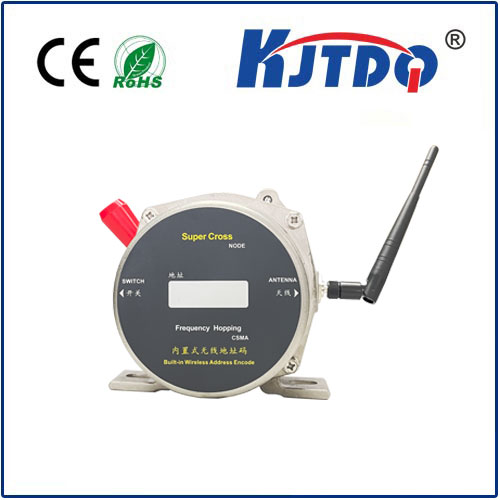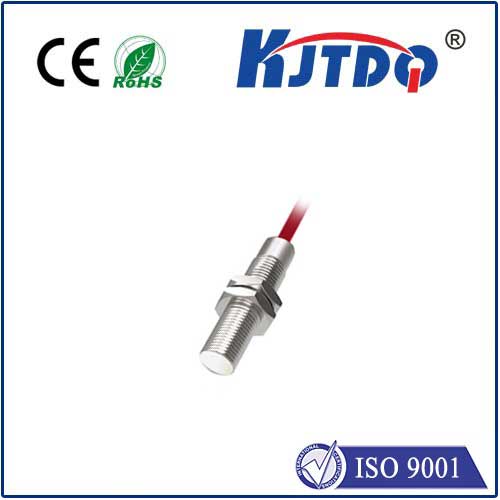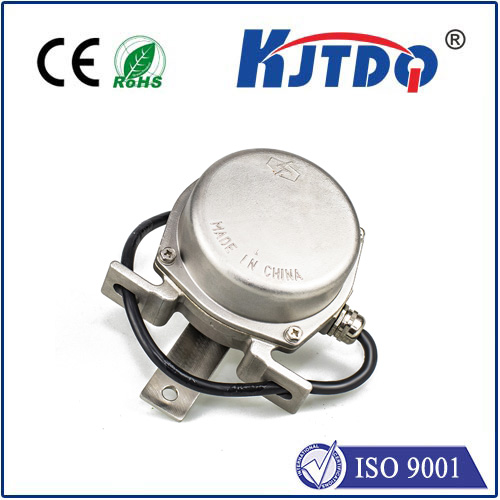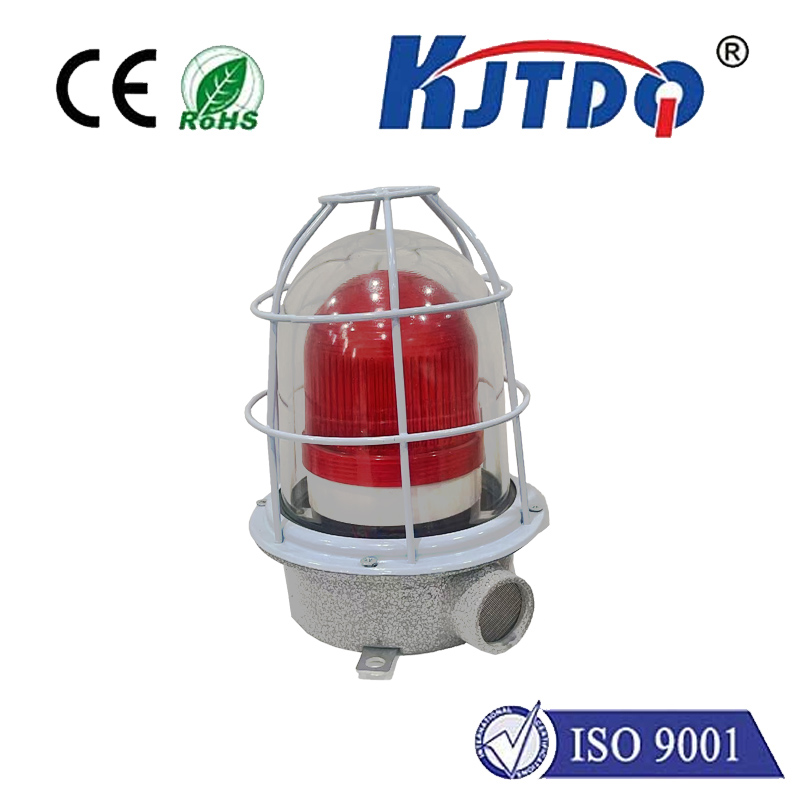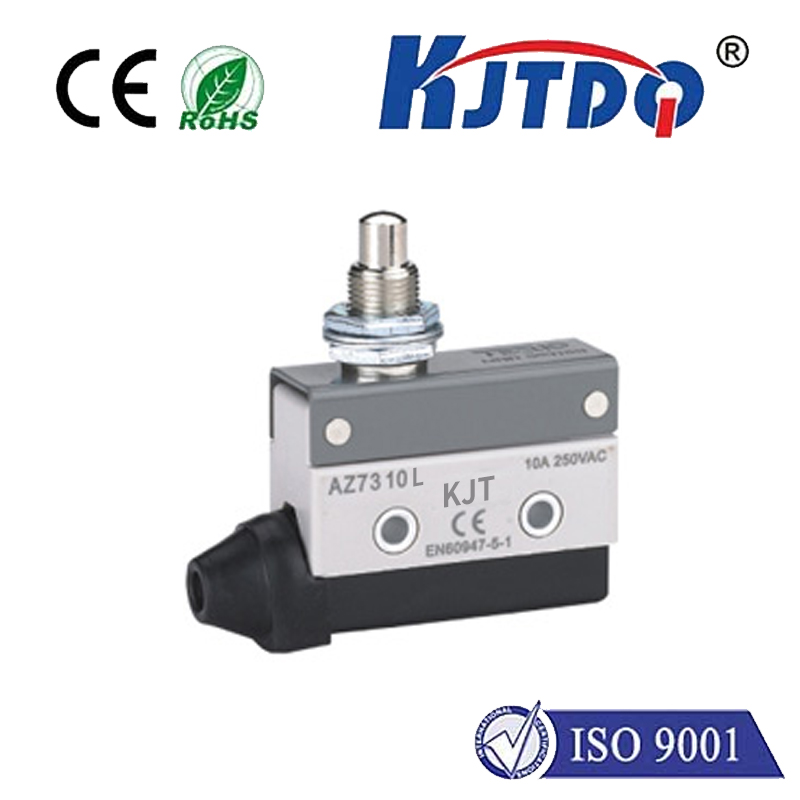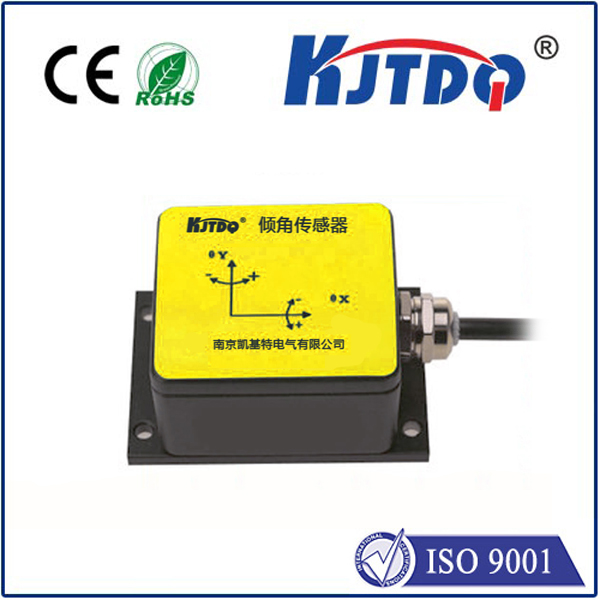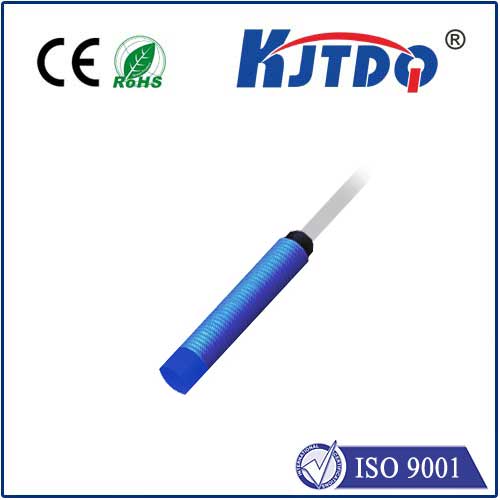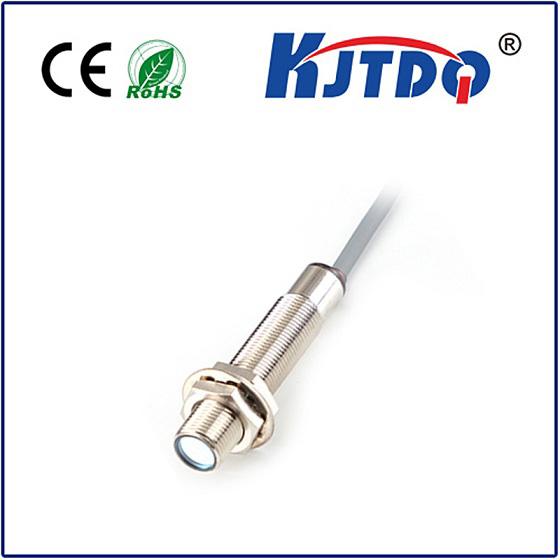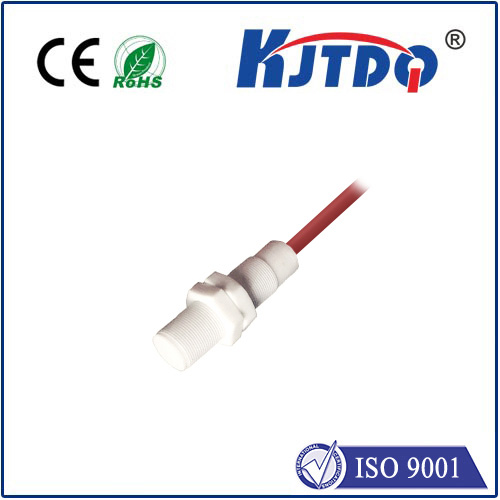
check

check

check

check
Mechanical limit switches are an essential component in various industrial and mechanical systems. These switches are designed to detect the position of a moving object or machinery, triggering a signal when it reaches a certain point. In this article, we will delve into the basics of mechanical limit switches, their applications, advantages, and some common types available in the market.
What is a Mechanical Limit Switch?
A mechanical limit switch is a type of switch that uses physical contact to detect the presence or absence of an object within its range. It consists of an actuator, which is connected to the moving part of the system, and a set of electrical contacts housed inside a protective housing. When the actuator comes into contact with the object, it applies force to the contacts, causing them to open or close and complete an electrical circuit. This action sends a signal to the control system, indicating that the object has reached its limit or target position.
Applications of Mechanical Limit Switches
Mechanical limit switches have numerous applications in industries such as manufacturing, robotics, automation, construction equipment, and material handling systems. They are commonly used for safety purposes, such as preventing machines from operating outside their designated range or limiting the movement of heavy loads. Mechanical limit switches can also be used for process control, monitoring machine cycles, counting products, and synchronizing conveyor belts among other functions.

Advantages of Mechanical Limit Switches
One of the key advantages of mechanical limit switches is their reliability and durability. Unlike other types of switches, they do not rely on external power sources or electronic components, making them less susceptible to environmental factors such as heat, dust, moisture, and electromagnetic interference. They are also easy to install and maintain, with simple wiring connections and robust construction. Additionally, mechanical limit switches offer precise position detection due to their physical contact nature, ensuring accurate control over machinery movements.
Common Types of Mechanical Limit Switches
There are several types of mechanical limit switches available in the market, each with unique features and specifications. Some common types include:
1. Lever Actuated Switches: These switches use a lever arm attached to the actuator to activate the contacts when an object comes into contact with it. They are suitable for applications where space is limited and precise positioning is required.
2. Roller Lever Switches: These switches have a roller mechanism that allows them to slide along a fixed track or guide rail when activated by an object. They are ideal for applications where continuous motion needs to be monitored or controlled.
3. Plunger Switches: These switches consist of a spring-loaded plunger that extends outward when pressed against an object. They are commonly used for counting products or detecting the presence of objects on conveyor belts.
4. Rod End Switches: These switches feature a threaded rod end that can be adjusted to set the desired limit or target position. They are often used in applications where precise positioning is critical, such as in machinery alignment or robotic systems.
Conclusion
Mechanical limit switches play a crucial role in industrial processes by providing reliable and accurate position detection for moving objects and machinery. With their simple design, durability, and ease of maintenance, they remain an essential component in various applications across different industries. By understanding the basics of mechanical limit switches and selecting the appropriate type based on specific requirements, engineers can enhance the efficiency and safety of their systems while ensuring optimal performance.
